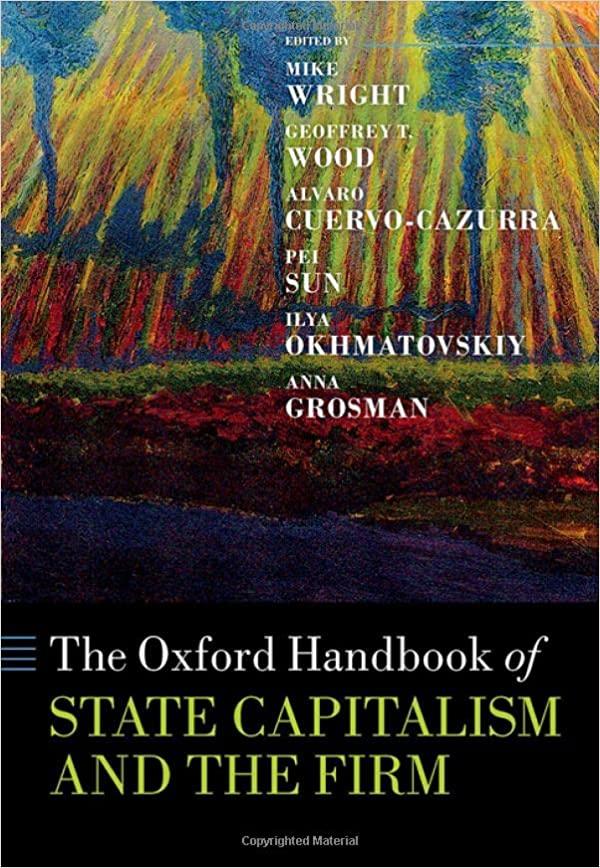Question
Consider two trading venues where the traders can hide their trading intention. The one venue is a lit exchange, which is a limit order market
Consider two trading venues where the traders can hide their trading intention. The one venue is a lit exchange, which is a limit order market with a continuous double auction. Assume that in the lit exchange the traders can hide all or part of limit orders where the hidden part of the limit orders show up last in the queue at the same limit price after the displayed portion is executed. Therefore, when you hide the order, you lose time priority but can reduce an adverse selection risk, which is the risk that you buy (sell) at the higher (lower) price than the fundamental price of the asset when the fundamental price is very volatile. The other is a dark pool where the orders are not displayed publicly, but can be executed at the mid-price of the lit exchange only when the counterparty is available at the dark pool. The counterparty is the seller (buyer) when you place a buy (sell) order. Assume that there are many informed and uninformed traders, who can trade a single risky stock over multiple periods at the dark pool and lit exchange with hidden orders. Provide an economic story (how the informed and uninformed traders make their order and venue choices) and market consequence (depth, spread, and mid-quote volatility on 2 the lit exchange). Explain how your economic story and market consequence change when all traders do and do not learn the fundamental price of the asset.
Step by Step Solution
There are 3 Steps involved in it
Step: 1

Get Instant Access to Expert-Tailored Solutions
See step-by-step solutions with expert insights and AI powered tools for academic success
Step: 2

Step: 3

Ace Your Homework with AI
Get the answers you need in no time with our AI-driven, step-by-step assistance
Get Started


